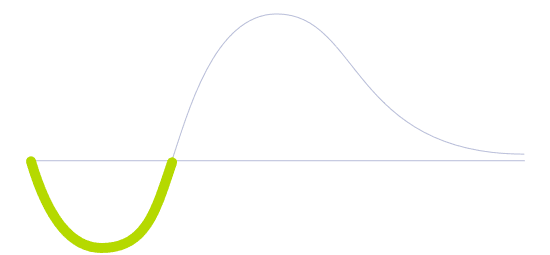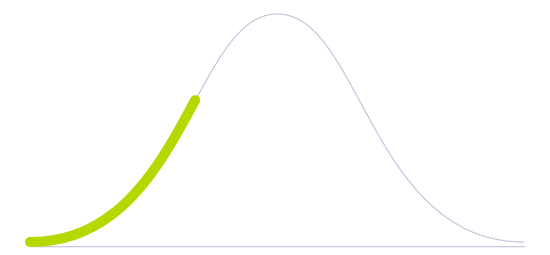6th-generation Wireless (6G)

Technology Life Cycle
Initial phase where new technologies are conceptualized and developed. During this stage, technical viability is explored and initial prototypes may be created.

Technology Readiness Level (TRL)
Research is scrutinized and correlations to practical applications are applied to initial scientific observations. No experimental proof of concept is available yet.

Technology Diffusion
Embrace new technologies soon after Innovators. They often have significant influence within their social circles and help validate the practicality of innovations.

The sixth-generation wireless (6G) is a communication protocol for wireless technologies that could provide higher capacity and lower latency compared to 5G, possibly reaching one microsecond-latency communication, which is 1,000 times faster than one-millisecond throughput (estimated 5G cellular technology latency). It is expected to be the successor to 5G mobile networks.
6G is still in the research stages. Although scientific advances are experimenting with devices capable of operating at higher frequencies, the required high transmission speeds, the energy consumption rates, and the acceptable proportions of the related heat development in the electronic circuits are just some examples of the challenges 6G networks will face in the future. Studies estimate that 6G networks would likely operate in frequencies from 100 GHz to 3 THz due to their wide swaths of the unexplored spectrum (unused frequency waves in the electromagnetic spectrum).
Future Perspectives
The scientific community commonly references 6G as the "wireless cognition," an allusion to wireless networks that could allow human thoughts to move freely over the air. In the future, through the electromagnetic frequencies of 6G, remote robots and AI applications could exchange data with excellent coverage at incredible speeds. Also, the 6G frequencies would be in the sub-Terahertz bands. Hence, researchers calculate that, based on these ample bands, it could transmit super-fast computations over a wide variety of frequencies, enabling future mobile devices to have vastly more extraordinary capacities, such as human-to-machine interactions.
Image generated by Envisioning using Midjourney